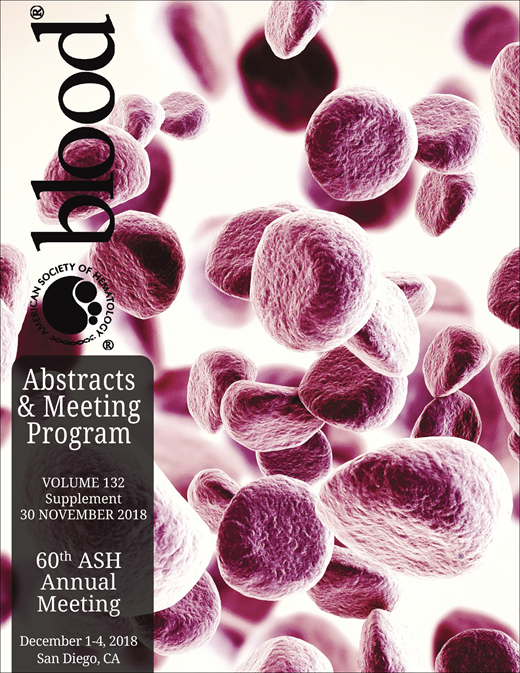Abstract
CD47 is an anti-phagocytic signal and macrophage checkpoint that acute myeloid leukemia (AML) and other cancer cells utilize to evade innate immunity and establish disease. 5F9 is a humanized IgG4 monoclonal antibody (mAb) that binds to human CD47 and blocks its interaction with its macrophage receptor SIRPα, thereby promoting phagocytosis of cancer cells. We have found in numerous preclinical studies that anti-CD47 Abs synergize with targeted Abs (such as rituximab and cetuximab) by promoting phagocytosis, and also enable antigen cross-presentation and activation of cytotoxic T cells. These preclinical findings are being translated into clinical results as we have established in several clinical trials promising preliminary evidence of 5F9's therapeutic potential.
In this study, we hypothesized that combining 5F9 with azacytidine (AZA) would enhance therapeutic efficacy against AML. AZA (Vidaza®) is a hypomethylating and chemotherapeutic agent indicated for AML. AZA's anti-cancer mechanism of action is believed to be twofold, the first being induction of DNA demethylation and the second being its anti-metabolite activity. Interestingly, it has also been found that AZA can increase the expression of the anti-phagocytic signal, CD47, and the pro-phagocytic signal, calreticulin, in myeloid malignancies. Based on these previous findings, we hypothesized that AML cells may be more efficaciously eliminated using a combination of AZA and 5F9 through enhancement of AML cell phagocytosis.
We first tested this hypothesis using an in vitro phagocytosis assay. AML cells (i.e. GFP-expressing HL60 cells) were incubated for 24 hours with 3µM AZA and afterwards, the HL60-GFP cells were co-cultured for 2 hours with either human macrophages plus IgG4 control or 5F9 (10µg/ml). Phagocytosis of HL60 AML cells was calculated as a percentage of GFP-positive macrophages (i.e. the amount of macrophages that engulfed GFP-positive HL60 cells), compared to total number of macrophages. Results were normalized to a condition that produced the maximum amount of phagocytosis (100%). We found that the combination of AZA with 5F9 enhanced the human macrophage-mediated phagocytic elimination of HL60-GFP cells compared to either agent alone (Fig. 1).
Next, we asked whether we could confirm our in vitro findings in vivo utilizing an aggressive AML xenograft mouse model. HL60-GFP cells (500,000 cells/per mouse) expressing luciferase were engrafted by intravenous injection into 6 - 8 week old immune-deficient NSG (NOD.Cg-Prkdcscid Il2rgtm1Wjl/SzJ) mice. Three days post engraftment (PE), bioluminescence imaging was performed to assess AML engraftment based on total flux (photons/sec). Animals were randomized based on these values into 6 treatment cohorts with 8 animals per group. Treatment was performed as follows: (1) control (PBS) was initiated on day 4 PE and continued for 14 consecutive daily doses; (2) AZA (7.5 mg/kg) was initiated on day 4 PE and continued for 5 consecutive daily doses; (3) two cohorts of 5F9 (10mg/kg) were initiated at day 4 or day 7 PE and continued for 14 consecutive daily doses; and (4) two combination cohorts of AZA with 5F9 were initiated according to the 5F9 monotherapy dosing regimens. Routine bioluminescence imaging was performed during treatment and for several months after to assess AML burden and reoccurrence. Both combination cohorts inhibited AML growth as early as day 10 PE, and maintained elimination of growth and overall survival up to 255 days PE. In contrast, the AZA and 5F9 monotherapies initiated at day 7 PE (D7), decreased AML growth at day 10 PE, but failed to produce a durable response. Notably, as the AML expanded, all animals from the AZA cohort died by 46 days PE, and all animals from the 5F9 cohort died by 61 days PE. Of the 8 animals from the 5F9 cohort that received treatment on day 4 PE, only two animals demonstrated progressive disease and did not survive. The remaining animals from this cohort had no detectable AML cancer cells (Fig 2).
In summary, the combination of 5F9 with AZA significantly enhanced the phagocytic elimination of AML cells by human macrophages in vitro, enhanced clearance of AML in vivo, and prolonged survival compared to single agent treatment with AZA or 5F9. These results support the rationale for investigating a combinatorial treatment of 5F9 and AZA in patients with AML. A clinical trial with this combination in patients with AML is currently ongoing (NCT03248479).
Feng:Forty Seven Inc: Employment, Equity Ownership. Gip:Forty Seven Inc: Equity Ownership. McKenna:Forty Seven Inc.: Equity Ownership. Zhao:Forty Seven Inc: Consultancy. Mata:Forty Seven Inc: Employment, Equity Ownership. Choi:Forty Seven Inc: Employment, Equity Ownership. Duan:Forty Seven Inc: Employment, Equity Ownership. Sompalli:Forty Seven Inc: Employment, Equity Ownership. Majeti:BioMarin: Consultancy; Forty Seven, Inc: Consultancy, Equity Ownership, Membership on an entity's Board of Directors or advisory committees. Weissman:Forty Seven, Inc: Consultancy, Equity Ownership, Membership on an entity's Board of Directors or advisory committees, Patents & Royalties. Takimoto:Forty Seven Inc: Employment, Equity Ownership, Patents & Royalties. Chao:Forty Seven Inc: Employment, Equity Ownership, Patents & Royalties. Chen:Forty Seven Inc: Consultancy, Equity Ownership. Liu:Forty Seven Inc: Employment, Equity Ownership, Patents & Royalties. Volkmer:Forty Seven Inc: Employment, Equity Ownership, Patents & Royalties.
Author notes
Asterisk with author names denotes non-ASH members.


